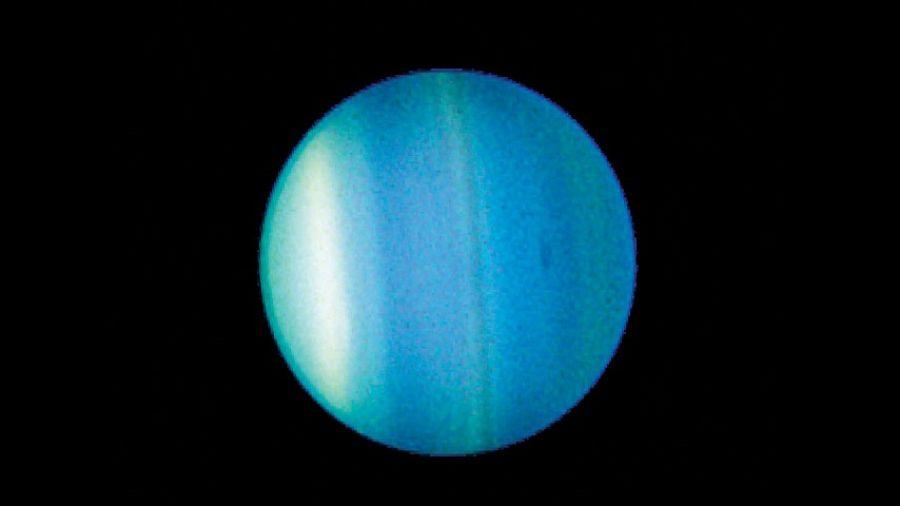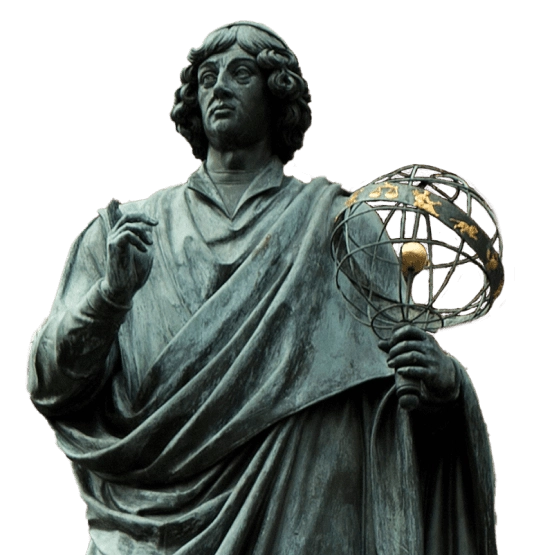Astronomers, using the powerful James Webb Space Telescope, have discovered a previously unknown moon of Uranus, designated S/2025 U 1. The object, approximately 10 kilometers in diameter, may seem small on a cosmic scale, but its detection marks a milestone in Solar System research. Thanks to a series of ten 40-minute exposures taken in February 2025, scientists finally observed what had never been seen before.
Uranus is currently known to have 29 moons—S/2025 U 1 is the latest addition to this large family. Its orbit is nearly perfectly circular, with a period of just about 9.6 hours, located between the orbits of the moons Ophelia and Bianca. This close proximity to Uranus’s rings kept it invisible to the Voyager 2 mission and observatories like Hubble.
Webb as the Cosmic Detective
Thanks to its high resolution and advanced infrared sensitivity, JWST can detect objects so faint they are invisible in visible light. Without this cutting-edge technology, S/2025 U 1 would have remained undetected, underscoring how much modern astronomy depends on sophisticated instruments.
NASA, ESA, CSA, STScI, M. El Moutamid (SwRI), M. Hedman (University of Idaho)
Uranian System More Complex Than Previously Thought
The discovery suggests that Uranus’s inner system, made up of rings and many small moons, may have a much more dynamic and complicated history than previously assumed. There may be more hidden satellites to find.
S/2025 U 1 will receive a new name once the International Astronomical Union approves a suitable proposal. Meanwhile, further observations are already planned to confirm and more precisely study its characteristics and relationships within Uranus’s system.
This discovery shows how the constant advancement of observational technology continues to open new windows into the study of both the closest and farthest objects in the Solar System. Even places that seemed well known may still hide many surprises.






